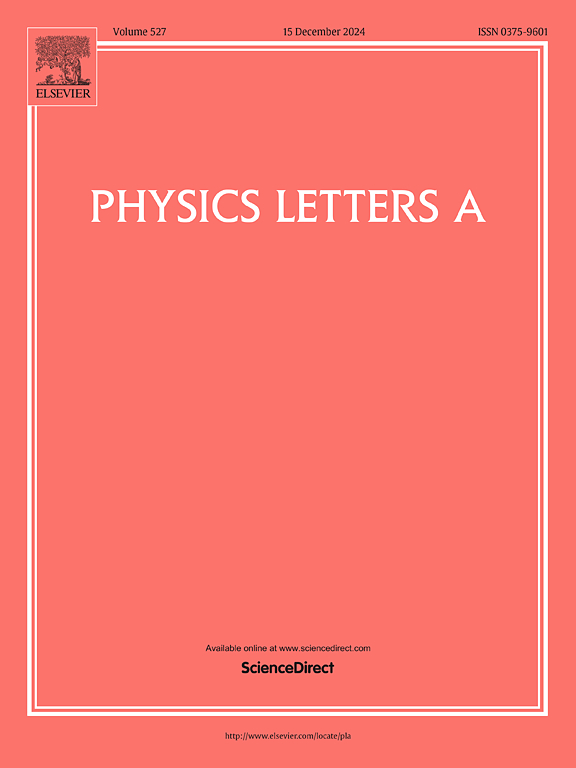通过机器学习,以成分工程为指导,通过实验制造 Cs(1-n)AnPb(1-m)BmX3 高效太阳能电池
IF 2.3
3区 物理与天体物理
Q2 PHYSICS, MULTIDISCIPLINARY
引用次数: 0
摘要
微调卤化铯铅的成分以提高太阳能电池的功率转换效率是一项具有挑战性的任务。机器学习用于在几秒钟内从 5376 种候选结构中加速筛选出有前景的光伏材料。预测结果表明,B 位调控对电子结构和光电特性的影响更大,这主要是由于它在带边的重要贡献。CsPb0.75Cu0.25Br3 和 CsPb0.75Cu0.25I3 很快就被筛选出来,并表现出很高的光谱限制最大效率,分别为 24.51 % 和 32.46 %。对特征重要性的 SHAP 分析表明,原子质量和原子序数都会对带隙预测产生重大影响,并对全局和局部样品水平的结果产生影响。DFT 计算证明,Cu2+ 在带边引入了 s 和 d 轨道,为载流子传输创造了额外的通道,并提高了状态密度。这项工作为包晶材料成分工程的实验研究提供了指导。本文章由计算机程序翻译,如有差异,请以英文原文为准。
Composition engineering guided experimental fabrication of Cs(1-n)AnPb(1-m)BmX3 via machine learning for high-efficiency solar cells
Fine-tuning the composition of cesium-lead halide to enhance the power conversion efficiency of solar cells is a challenging task. Machine learning is used to accelerate the screening of promising photovoltaic materials from 5,376 candidate structures within seconds. The predicted results show that B-site regulation has a greater impact on the electronic structure and optoelectronic properties, primarily due to its significant contribution at the band edge. CsPb0.75Cu0.25Br3 and CsPb0.75Cu0.25I3 are quickly screened and exhibit high spectral limited maximum efficiencies of 24.51 % and 32.46 %, respectively. SHAP analysis of feature importance reveals that both atomic mass and atomic number significantly influence bandgap prediction, impacting results on both global and local sample levels. The DFT calculations prove that Cu2+ introduces s and d orbitals at the band edge, creating additional channels for carrier transport and enhancing the density of states. This work provides guidance for the experimental study on composition engineering of perovskite materials.
求助全文
通过发布文献求助,成功后即可免费获取论文全文。
去求助
来源期刊

Physics Letters A
物理-物理:综合
CiteScore
5.10
自引率
3.80%
发文量
493
审稿时长
30 days
期刊介绍:
Physics Letters A offers an exciting publication outlet for novel and frontier physics. It encourages the submission of new research on: condensed matter physics, theoretical physics, nonlinear science, statistical physics, mathematical and computational physics, general and cross-disciplinary physics (including foundations), atomic, molecular and cluster physics, plasma and fluid physics, optical physics, biological physics and nanoscience. No articles on High Energy and Nuclear Physics are published in Physics Letters A. The journal''s high standard and wide dissemination ensures a broad readership amongst the physics community. Rapid publication times and flexible length restrictions give Physics Letters A the edge over other journals in the field.
 求助内容:
求助内容: 应助结果提醒方式:
应助结果提醒方式:


